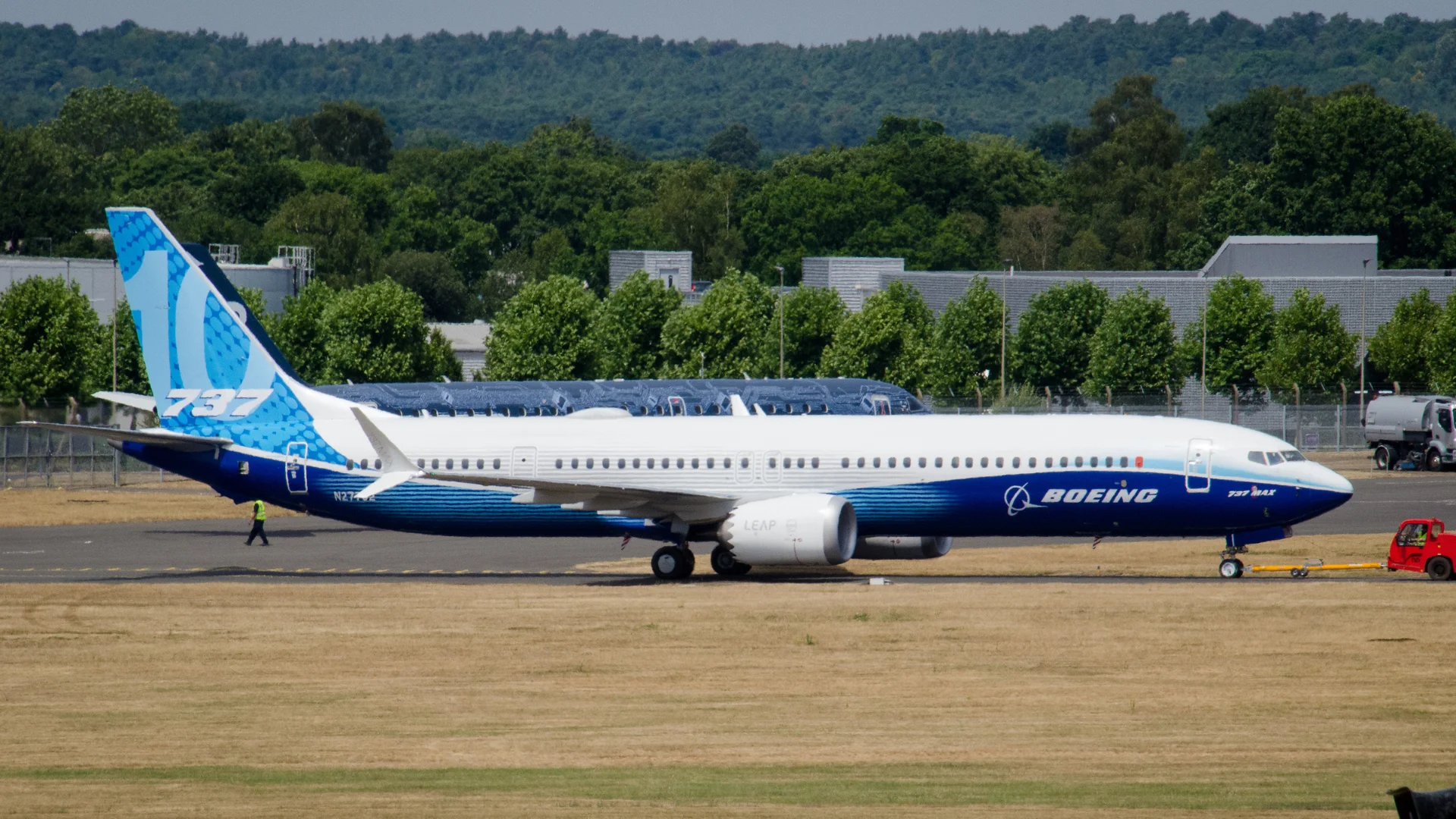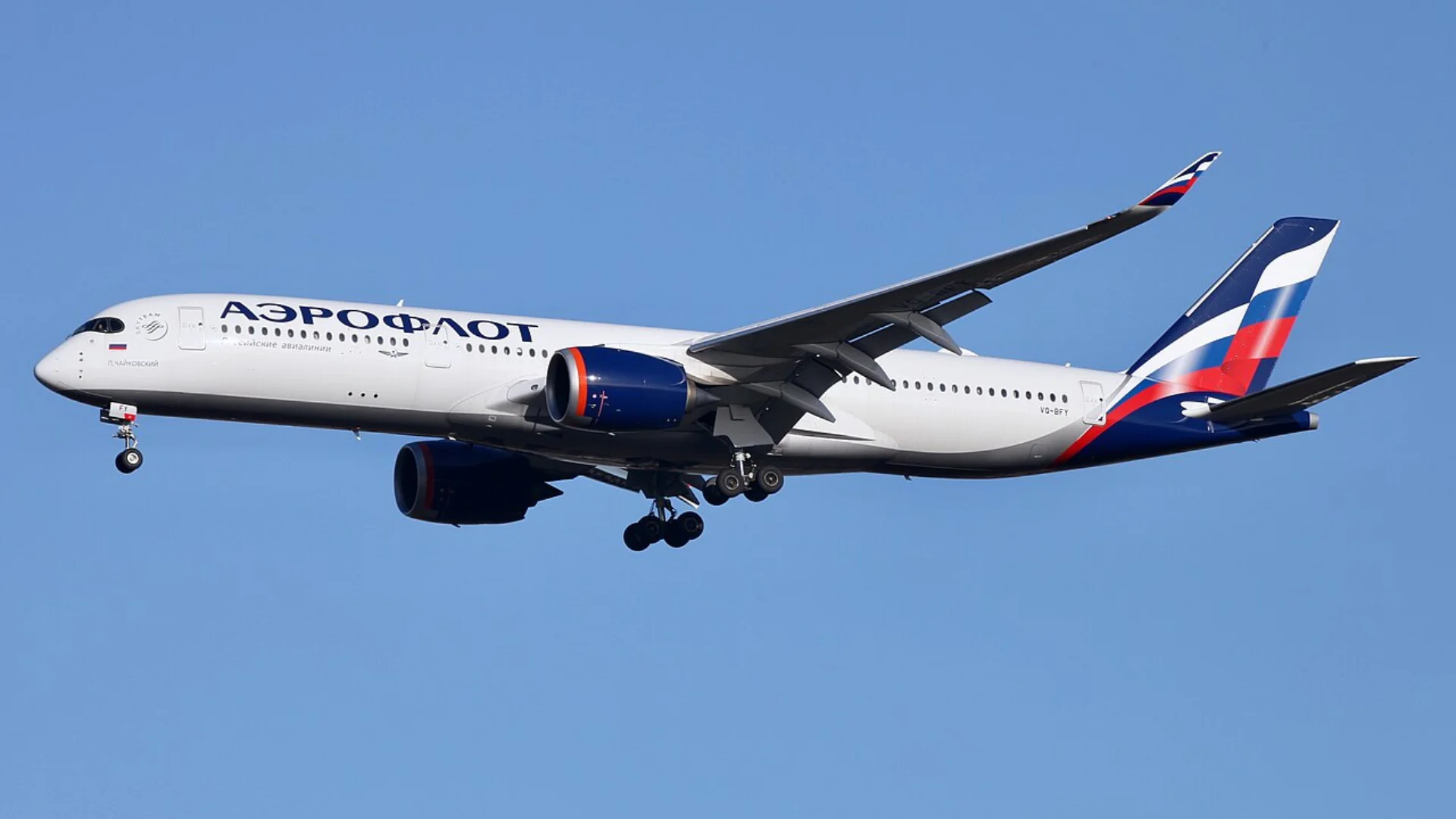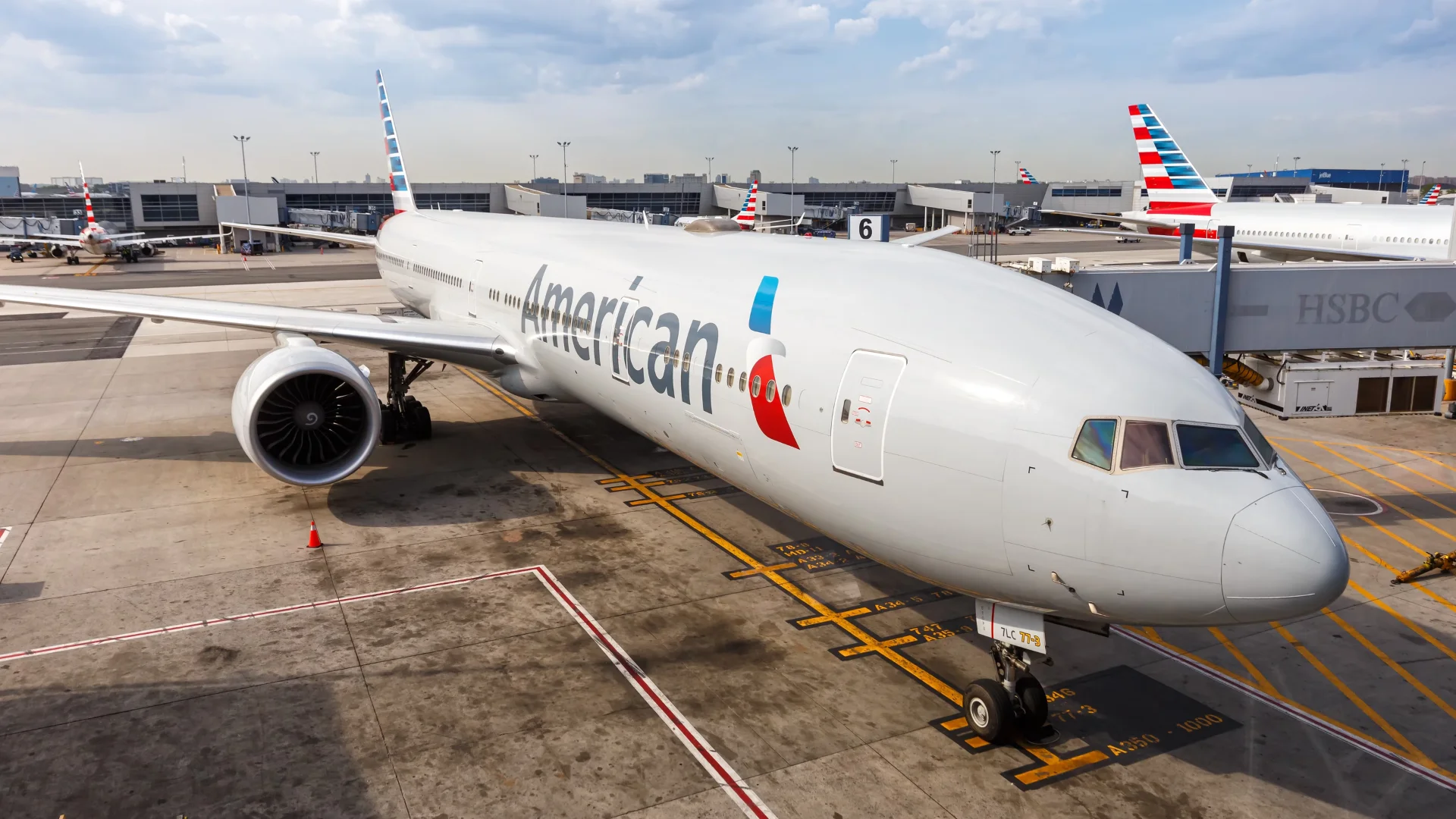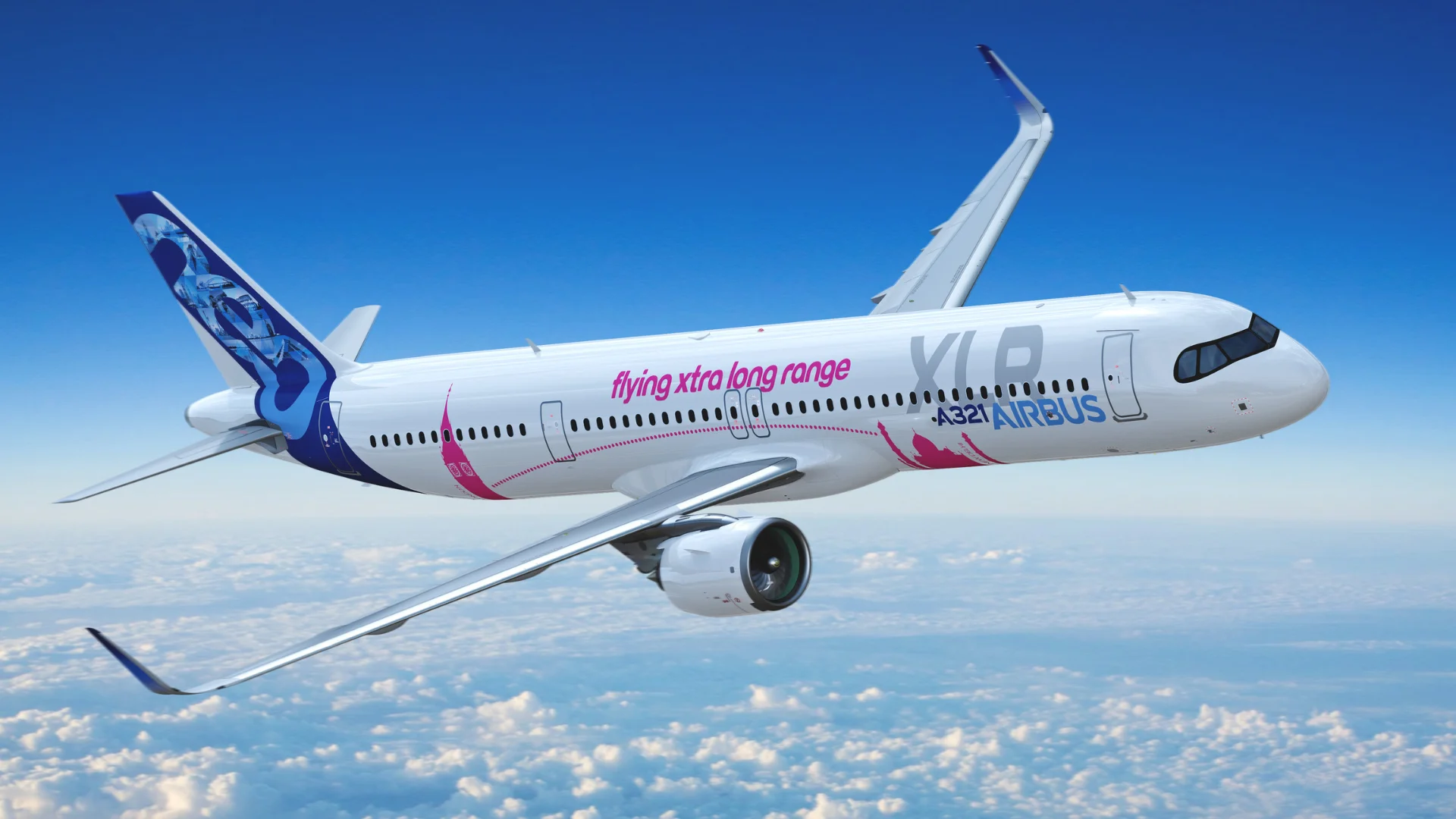The Boeing 737 MAX, the latest in Boeing's line of single-aisle aircraft, has a distinct engine design compared to its predecessor, the 737 Next Generation (NG). The noticeable difference lies in the shape of the engine nacelles. The LEAP-powered MAX features a more flattened nacelle underside than the CFM56 engines used on the 737NG.
This design choice stems from fitting larger engines onto an airframe initially designed with shorter landing gear and closer ground proximity. The LEAP-1B engines on the 737 MAX have a fan diameter of 69 inches, which is eight inches wider than those on the NG series. This increased size improves fuel efficiency and emissions but reduces ground clearance.
The original 737 models were built for airports with limited infrastructure, featuring short landing gear and low-slung fuselages. As demand grew for better range and efficiency, Boeing introduced larger engines that required modifications to maintain ground clearance. This led to the non-circular nacelle profiles seen in subsequent models.
 Alerts Sign-up
Alerts Sign-up








